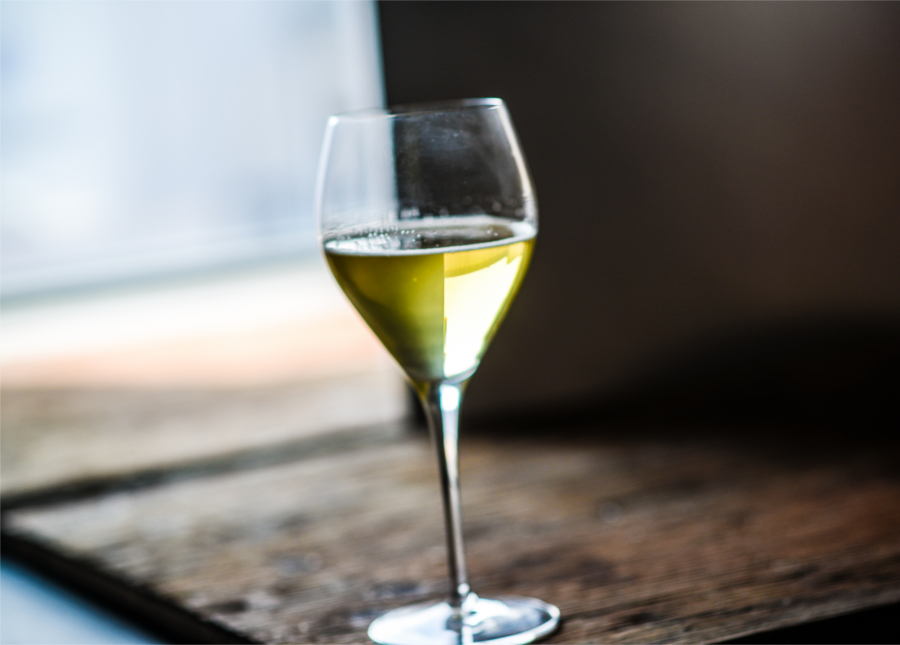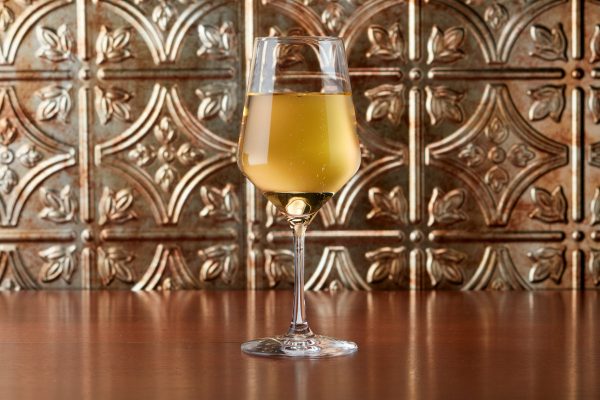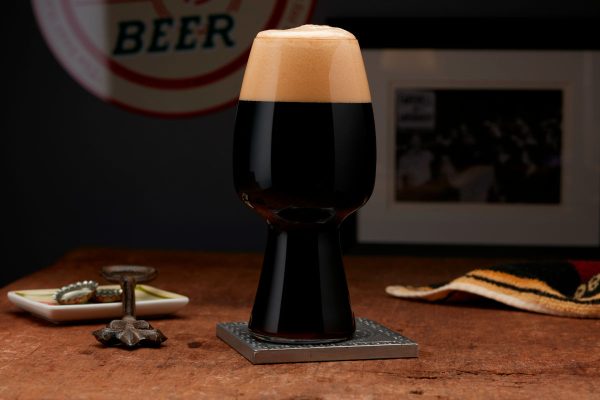

Browse hundreds of National Homebrew Competition medal-winning recipes from the best homebrewers around the world.
Michael Wilcox of Wichita, Kansas, a member of the Kansas City Bier Meisters, won a gold medal in Category 43: Specialty Mead during the 2022 National Homebrew Competition in Pittsburgh, Pennsylvania. Wilcox’s Experimental Mead (M4C) was chosen as first out of 37 entries in the category.
Browse hundreds of National Homebrew Competition medal-winning recipes from the best homebrewers around the world.
Michael Wilcox of Wichita, Kansas, a member of the Kansas City Bier Meisters, won a gold medal in Category 43: Specialty Mead during the 2022 National Homebrew Competition in Pittsburgh, Pennsylvania. Wilcox’s Experimental Mead (M4C) was chosen as first out of 37 entries in the category.
Ingredients:
- HONEY & OTHER FERMENTABLES
- 12 lb. (5.44 kg) wildflower honey
- 12 lb. (5.44 kg) caramelized honey
- 128 oz. (3.78 L) apricot nectar
- ADDITIONAL ITEMS
- 2 lb. unsulfured dried apricots
- YEAST & BACTERIA
- 4 packs Uvaferm 43
- WATER
- 256 oz. (7.57 L) spring water
Specifications:
Yield: 5 US gal. (18.9 L)
Original Gravity: 1.170 (38.2°Bx)
Final Gravity: 1.060 (14.7°Bx)
ABV: 18.5%
Directions:
This mead is named after one of my favorite overheard comments when I was entering more often than I do now. Fermented upper 60s Fahrenheit. Not quite a Dwojniak (1:1 honey to water), but more like 2:3. Gravity is high enough that it is still wise to slowly introduce the yeast to the must over a day or two, and to step feed the last bit of your honey. Caramelized honey was done in a slow cooker, and I’m not very experienced at it. Most bochet I’ve had tasted burnt; I just wanted a light but noticeable warm, inviting caramelized character. Keep tasting, and remember it tastes darker than it looks as it is caramelizing, and be careful not to burn yourself. Don’t be in a hurry—this was a long-term project that took a few years before I was happy. I ended up doing a whole series of “cognac barrel” stuff. I didn’t source a used cognac barrel, although though that would be cool. I just use small (usually 10 L) new barrels, usually medium toast. First a cider would basically go in overnight to rinse some of the raw flavors out and giving me super oaky cider that I can use in small amounts for years in cider blends. Then I literally added a cognac I liked and rolled it around for weeks. No, you should not break out the XXO, but don’t cheap out either. Go for the most intense flavor for your buck–this is not the time for subtlety. After rolling around in the barrel, the cognac was dumped and a traditional mead was aged, then a pear mead, then this mead, and finally it was soaked in maple syrup and a spiced cyser went in. In each case, the barrel mead was intentionally a bit barrel-intense, as it was then blended back into the portion without the barrel. Perhaps I’ll eventually share the others if you ask nicely.




Share Post